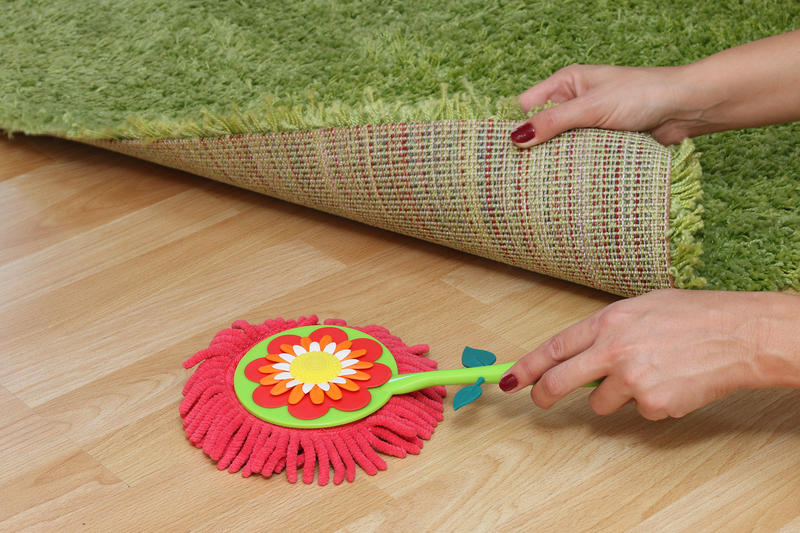Wooden floors are an exquisite addition to any home, offering a combination of natural beauty, warmth, and durability. However, over time, gaps may appear between the planks due to factors like temperature changes, humidity fluctuations, and wood aging. These gaps can compromise the aesthetic appeal and integrity of your flooring. Fortunately, understanding how to fill these gaps effectively can restore your floor's beauty and functionality.
Why Do Wooden Floor Gaps Occur?
Wood is a naturally hygroscopic material, meaning it absorbs and releases moisture. During humid seasons, wood expands, and in dry conditions, it contracts. This cyclical expansion and contraction can lead to gaps between the planks. Other factors contributing to floor gaps include improper installation, aging of the wood, and settling of the home's structure.

Materials and Tools You Need
To fill gaps in wooden floors effectively, you'll need the right materials and tools:
1. Wood Filler: Choose a filler that matches your floor color.
2. Putty Knife: For applying the filler.
3. Sanding Tools: Either sandpaper or an electric sander to smooth the surface.
4. Wood Glue and Sawdust: For making a bespoke filler.
5. Rags and Mineral Spirits: For cleaning the surface before and after filling.
Methods for Filling Wooden Floor Gaps
There are several effective methods for filling gaps in wooden floors. Here are some of the most common:
Using Wood Filler
1. Clean the Gap: Ensure all debris and dust are removed from the gaps using a vacuum and a damp cloth.
2. Apply the Filler: Use a putty knife to press the wood filler into the gaps. Work it in until the gap is filled level with the floor surface.
3. Let it Dry: Allow the filler to dry according to the manufacturer's instructions.
4. Sand the Area: Once dry, sand the filled areas until smooth and even with the floor.
5. Clean Up: Wipe down the area with a damp rag to remove any sanding dust.
Using Wood Glue and Sawdust
1. Mix the Filler: Combine fine sawdust (preferably from the same wood) with wood glue to form a thick paste.
2. Apply the Mixture: Press the mixture into the gaps with the putty knife.
3. Let it Dry and Sand: Allow the mixture to dry thoroughly before sanding it smooth.
4. Finish Up: Clean the surface as needed.
Using Rope or Twine
For larger gaps, especially in rustic or older homes, filling with twine can add a unique look:
1. Measure the Gap: Use a thin rope or cotton twine that fits snugly in the gap.
2. Soak in Glue: Dip the rope in wood glue to help it adhere in place.
3. Press into Gaps: Use a putty knife or similar tool to press the glue-soaked rope into the gaps.
4. Trim and Sand: Trim any excess rope and sand the surface smooth.
Pros and Cons of Different Filling Methods
Wood Filler
Pros:
- Quick and easy to apply.
- Available in many colors to match your floor.
- Dries hard and durable.
Cons:
- Can shrink over time, requiring refilling.
- May not always match the wood perfectly.
Wood Glue and Sawdust
Pros:
- Custom matches your floor.
- Durable and less likely to shrink.
Cons:
- More labor-intensive to prepare.
- Takes longer to dry compared to pre-mixed fillers.
Rope or Twine
Pros:
- Ideal for larger gaps.
- Adds a unique, rustic charm.
Cons:
- Not suitable for all floor types.
- May not be as durable as other methods.
Tips for a Successful Repair
1. Test the Filler First: Always test the filler on a small, inconspicuous area to ensure color match.
2. Work in Small Sections: Filling gaps in small sections ensures better control and quality of work.
3. Avoid Excessive Moisture: Ensure the area is dry before filling and avoid exposing the repair to moisture soon after.
4. Regular Maintenance: Regularly clean and maintain your floors to minimize future gaps.

Takeaways on Filling Wooden Floor Gaps
- Gaps in wooden floors are common and often due to moisture changes.
- Multiple methods exist for effective gap filling, each with its pros and cons.
- Proper preparation and choosing the right filler are key to a lasting repair.
- Regular maintenance can help prevent future gaps.
Conclusion
Filling wooden floor gaps effectively is crucial for maintaining the beauty and durability of your flooring. Whether you choose wood filler, a mixture of wood glue and sawdust, or an unconventional method like rope, understanding the process and following best practices will yield the best results. Regular upkeep and choosing the right repair method tailored to your needs will keep your wooden floors looking pristine for years to come.



